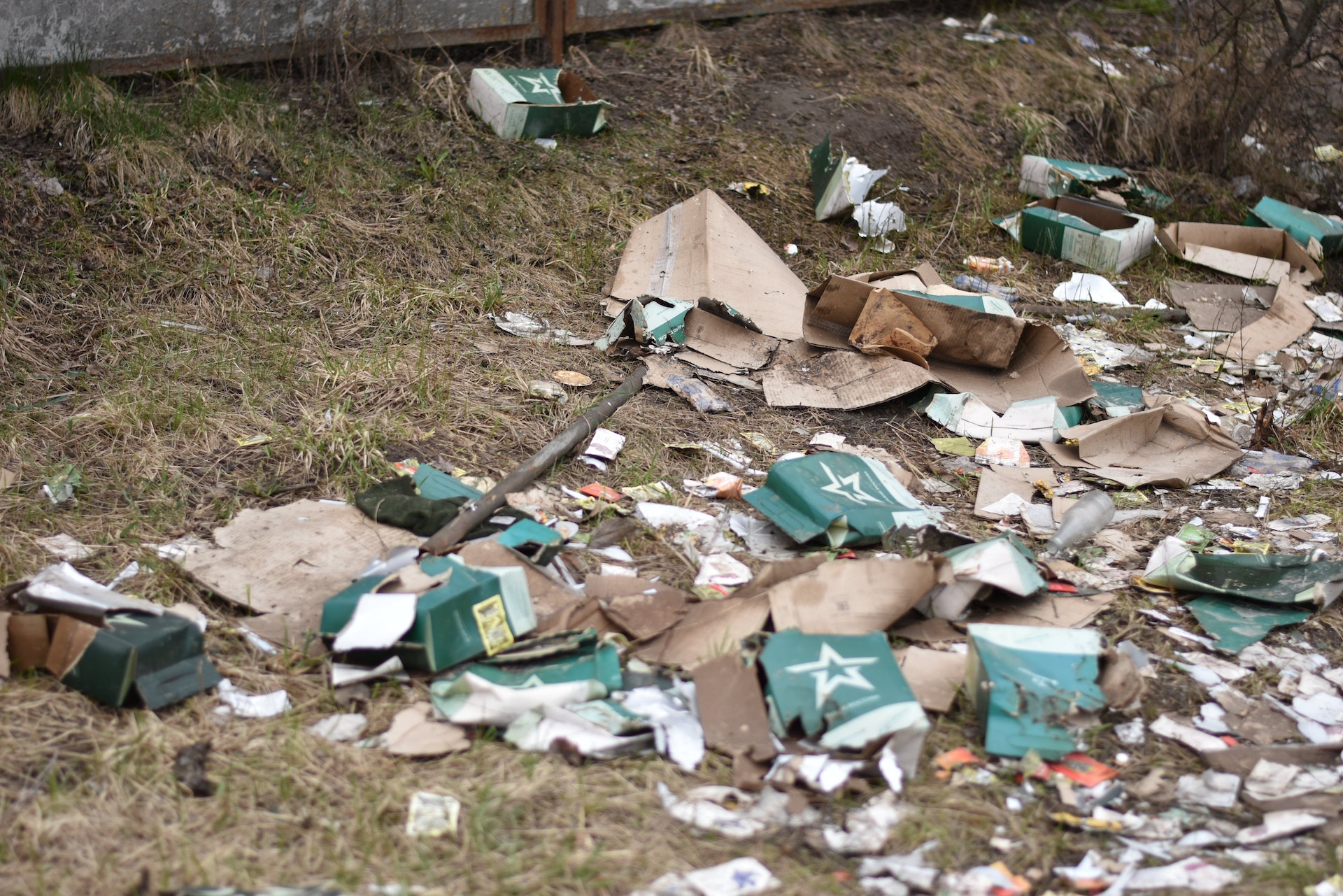
A We ReUse series on recycling, composting, and ReUse.
So… You are doing your part recycling all those Cardboard Amazon Boxes, USPS Boxes, E-Commerce Boxes and Food Containers that bring items to your household. Not so fast my friend!
Cardboard and paper have the highest material recycle rate of any material managed by Municipal Solid Waste facilities. (MSW) The total generation of paper and paperboard submitted to MSW was 67.4 million tons, which was approximately 23.1% of the total MSW generation that year.
In 2018, approximately 46 million tons of paper and paperboard were recycled.
That is well and good. However, it is far from 100%, or 90% or, even a 70% recycling rate.
90% of products shipped use cardboard. Cardboard is recycled into paper bags, paper towels, tissues, and paper. The EPA estimates the typical household attempts to recycle 13,000 pieces of cardboard annually.
17.2 million tons of MSW paper and paperboard ended up in landfills…Only 68.2%!
Why the low percentage?
Cardboard is easily contaminated.

Once contaminated, cardboard cannot be recycled. If cardboard has food residue, oils, tape, foam peanuts, plastic envelopes or delivery labels – it is going to end up in a landfill.
Contaminated materials are expensive to sort. They can also jam machines. So, what are you to do? The cardboard recycling industry wants you to cut off the clean pieces for recycling. Then you must remove tape, plastic, and any other adhesives, like window envelopes or labels. The contaminated portions are at the end of their life cycle and must be put in the trash. Sounds like work. And how many people even know this?
A statistic we found very surprising; cardboard can only be recycled up to seven times! This is the ideal maximum. We could not find any information on what the average is for recycling cardboard. However, each time cardboard is recycled, its fibers become shorter, making it thinner and less durable. Processing recycled materials may not be the magic ‘cure-all’ for our environmental woes.
6 reasons why you should Recycle Cardboard
Citizen Sustainable list the following pluses and minuses of recycling cardboard.
1. Conserve Forests
When we recycle cardboard we get long, strong paper fibers that can be used many times and made into more cardboard. Recycling one ton of cardboard can save 17 trees.
2. Save Energy
Making cardboard from raw materials is a longer and more complicated process than making it from recycled cardboard. Recycling one ton of cardboard can save 4000 kW of electricity and 6.6 million Btu’s (British thermal units) of energy.
3. Reduce Pollution
When making cardboard from wood, you must turn the wood into pulp. This process creates a gas that causes acid rain, sulfur dioxide by 50%. Acid rain also contains nitrogen, and this can have an negative impact on our ecosystems.
4. Reduce Landfill
When you recycle your cardboard, it is getting reused instead of going to a landfill. Recycling one ton of cardboard can save 9 cubic yards of landfill space.
5. Reduce Greenhouse Gases
When cardboard is sent to landfills, it eventually breaks down and releases the greenhouse gas, methane.
6. Save Water
The production process of making cardboard from wood requires water. You save approximately 7000 tons of water for every ton of cardboard you recycle.
Disadvantages of Recycling Cardboard
It is important to emphasize that despite its shortcomings – recycling cardboard to produce new cardboard, is more advantageous than making cardboard from raw materials.
1. Toxic Chemicals May Be Used in the Recycling Process
Recycling paper products is a multi-step process. One of the chemicals used during the process, surfactants, are known to have toxic effects on aquatic organisms.
2. Cardboard Is Easily Contaminated.
3. Recycled Cardboard Should Not Be Used for Food Packaging
Paper and cardboard are “prone to absorbing chemicals”. When paper and cardboard are put into recycling, they often contain bleach, ink, plasticizers, surfactants, and other chemicals from their original use.
When these materials are recycled and made into a pulp, the ink, adhesives, bleach, etc. are passed onto the recycled cardboard. One printing chemical found in inks is diisobutyl phthalate (DIBP). This is a dangerous chemical when ingested.
When hot take-out food is placed in one of these containers, it is highly possible that phthalate chemicals can transfer to the food.
Is All Cardboard 100% Recyclable?
Corrugated Cardboard:
No. 1 Corrugated cardboard is thick, layered, and durable. It’s often used in packing and shipping. This is the most recycled cardboard, and you should have no problem recycling it at any recycling center as you follow the recycling ‘rules’ listed above.
2. Paperboard/Chipboard
This is the thin cardboard that you see for packaging non-frozen, non-liquid materials. Examples include cake boxes, cereal boxes, gift boxes, soap boxes, toothpaste boxes, etc.
This cardboard is recyclable, but not accepted by all recycling centers.
3. Coated Cardboard
Coated cardboard includes wax cardboard and plastic-lined cardboard. These mixed-material cardboards have been strengthened by other materials to use for liquids and frozen produce. Milk cartons are prime examples.
These are recyclable once cleaned and dried, but only by facilities that have the means to process them. Check all cardboard containers for the triangular recycling symbol and/or recycling instructions.
If you have doubts about what kind of cardboard your local facility takes, you can check their website.
Is it Expensive to Recycle Cardboard?
Recycling in the U.S., at least, has become expensive for cities and local governments. China used to import one half of the world’s recycling. They received tons of contaminated material. However, in 2018, China implemented ‘Operation National Sword’ and halted the importation of the world’s less desirable recycling material.
Recycling proves better for the environment than not recycling. However, reuse is the best environmental solution. Check out our products for truly sustainable packaging solutions.
